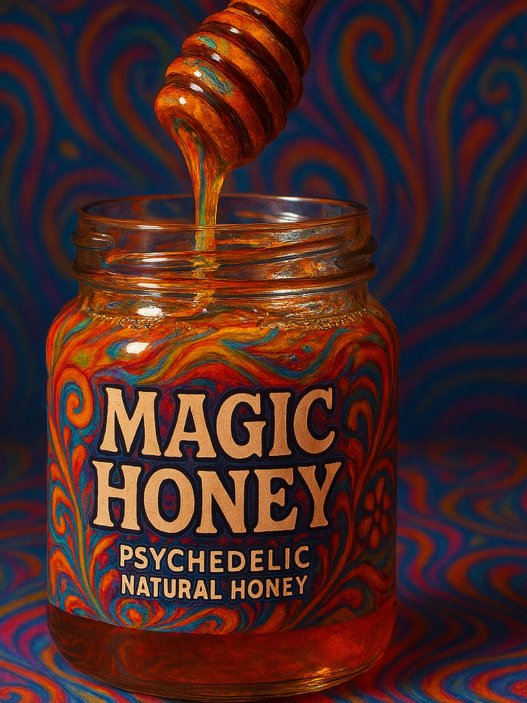What if one of the greatest tech visionaries of our time credited his success to a tiny tab of LSD?
Steve Jobs, the co-founder of Apple, once said that taking LSD (Lysergic Acid Diethylamide) was “one of the most important things” he ever did. He wasn’t alone—many Silicon Valley pioneers dabbled in psychedelics, believing they fueled creativity and innovation.
But how did LSD influence Jobs, and did it really play a role in shaping the Apple revolution?
Steve Jobs and LSD: The Early Days
In the early 1970s, before Apple existed, Jobs experimented with LSD as part of the counterculture movement. He wasn’t just taking it for fun—he believed it expanded his mind and changed how he saw the world.
In his own words:
“Taking LSD was a profound experience, one of the most important things in my life. LSD shows you that there’s another side to the coin.”
For Jobs, that “other side” meant breaking free from rigid, traditional thinking. He saw connections where others didn’t, which would later help him revolutionize the tech industry.
How Did LSD Influence Jobs’ Creativity?
LSD enhances brain connectivity, meaning it allows different regions of the brain to communicate in new ways. For Jobs, this led to:
1. Thinking Outside the Box
Jobs was obsessed with design, simplicity, and user experience. Under LSD, the world doesn’t just look different—it feels different. Colors become more vivid, patterns emerge, and ordinary things seem profound.
Imagine looking at a simple object, like a computer mouse, and suddenly feeling its potential to change how humans interact with technology. That’s the kind of vision Jobs had.
2. The Reality Distortion Field
People who worked with Jobs often described his “Reality Distortion Field”—his ability to bend perception and convince people to believe in the impossible.
LSD is known to dissolve the ego, making users feel deeply connected to ideas, emotions, and even the universe. Some believe this helped Jobs develop his intense passion for Apple’s mission, making him fearless in pushing the limits of what was possible.
3. Merging Art and Technology
Jobs famously said:
“It’s in Apple’s DNA that technology alone is not enough. It’s technology married with the liberal arts, married with the humanities, that yields us the results that make our hearts sing.”
LSD didn’t teach Jobs how to code, but it may have given him the vision to blend art, design, and tech into a seamless experience—something Apple is still known for today.
Did LSD Really Help Him?
While LSD didn’t single-handedly create Apple, it may have helped Jobs see beyond conventional thinking. He wasn’t just making computers; he was designing a future where technology felt natural, intuitive, and even beautiful.
Silicon Valley continues to explore psychedelics as tools for creativity, problem-solving, and innovation. Today, studies on microdosing LSD suggest that small, non-hallucinogenic doses may improve focus, creativity, and mental flexibility—something that aligns with Jobs’ philosophy.
Final Thought: A Mind Unleashed
Steve Jobs’ story suggests that great innovations often come from breaking free of traditional thinking. Whether or not LSD played a direct role in shaping Apple, it certainly influenced how Jobs saw the world—and that vision changed everything.
Would you take LSD if it meant unlocking your creative genius? Let’s discuss!





















